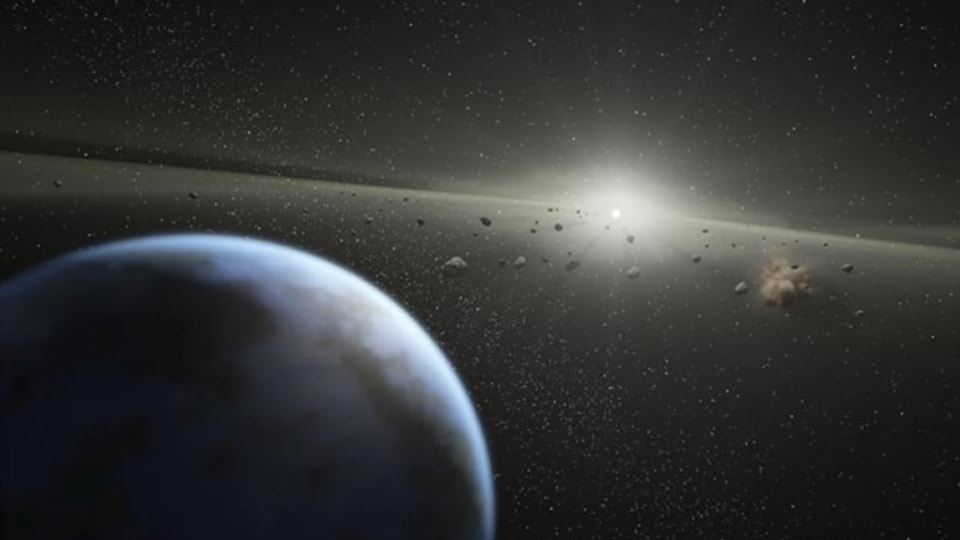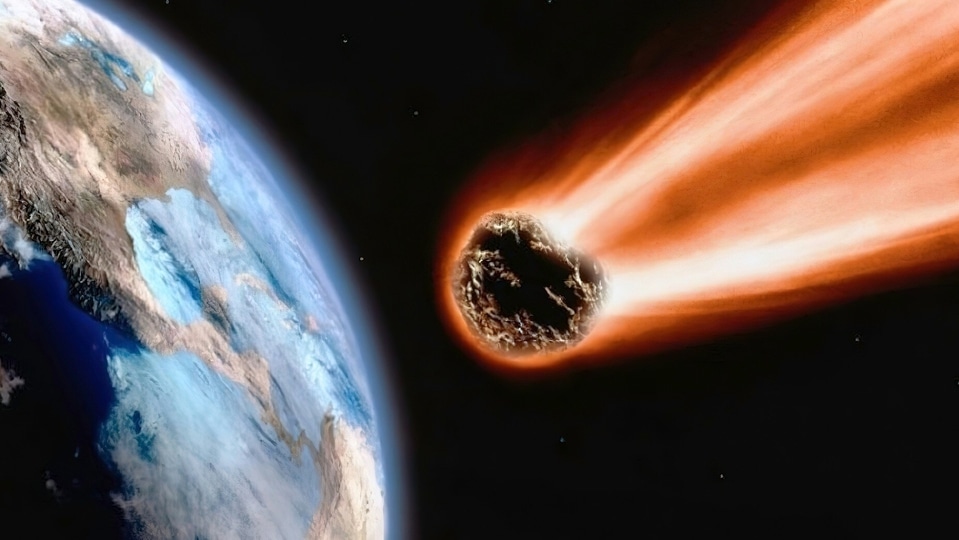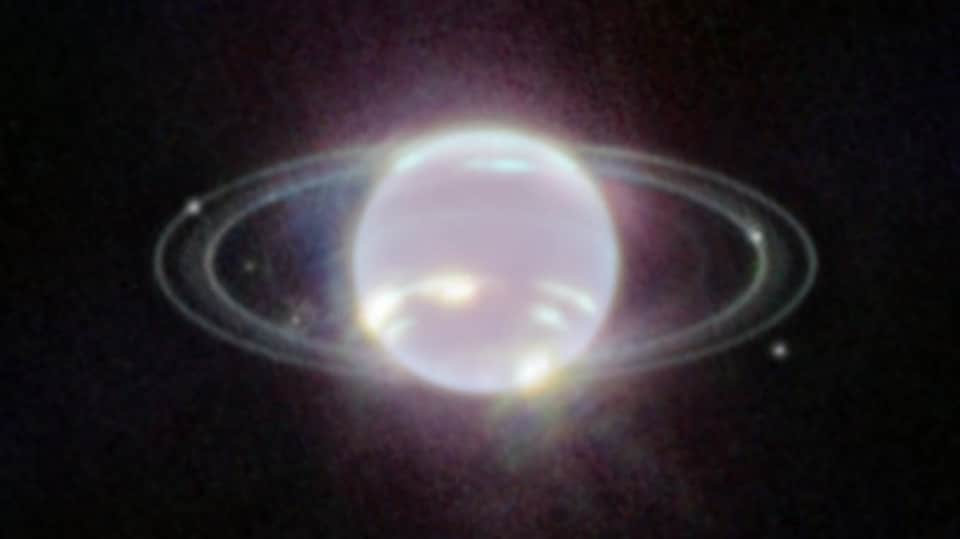Amazing! NASA's James Webb Telescope captures clearest view of Neptune rings in 30 years
After more than 30 years, the clearest view of Neptune's ring has been captured by NASA's James Webb Telescope. Here is all you need to know.







 View all Images
View all ImagesAnother amazing image captured by NASA's James Webb Telescope is out. It has captured the clearest image of Neptune's rings in more than 30 years and also reveals the ice giant in a whole new light. Informing about the same, NASA Webb Telescope tweeted, "Hey Neptune. Did you ring? Webb's latest image is the clearest look at Neptune's rings in 30+ years, and our first time seeing them in infrared light. Take in Webb's ghostly, ethereal views of the planet and its dust bands, rings and moons." In addition to several bright, narrow rings, the Webb image clearly shows Neptune's fainter dust bands.
It can be known that the planet Neptune was discovered in the year 1846 and since then it has been a fascination for researchers. The planet is located 30 times farther from the Sun than Earth, and orbits in the remote, dark region of the outer solar system. At that extreme distance, the Sun is so small and faint that high noon on Neptune is similar to a dim twilight on Earth, NASA informed.
Why is Neptune is characterized as an ice giant
Do you know that Neptune is characterized as an ice giant? Want to know why? It is so because of the chemical make-up of its interior. Compared to the gas giants, Jupiter and Saturn, Neptune is much richer in elements heavier than hydrogen and helium. This is readily apparent in Neptune's signature blue appearance in Hubble Space Telescope images at visible wavelengths, caused by small amounts of gaseous methane.
About the image
Webb's Near-Infrared Camera (NIRCam) images objects in the near-infrared range from 0.6 to 5 microns, so Neptune does not appear blue to Webb. In fact, the methane gas so strongly absorbs red and infrared light that the planet is quite dark at these near-infrared wavelengths, except where high-altitude clouds are present. Such methane-ice clouds are prominent as bright streaks and spots, which reflect sunlight before it is absorbed by methane gas, NASA informs.
NASA said, "More subtly, a thin line of brightness circling the planet's equator could be a visual signature of global atmospheric circulation that powers Neptune's winds and storms. The atmosphere descends and warms at the equator, and thus glows at infrared wavelengths more than the surrounding, cooler gases."
Neptune's 164-year orbit means its northern pole, at the top of this image, is just out of view for astronomers, but the Webb images hint at an intriguing brightness in that area. A previously-known vortex at the southern pole is evident in Webb's view, but for the first time Webb has revealed a continuous band of high-latitude clouds surrounding it.
Webb also captured seven of Neptune's 14 known moons. Dominating this Webb portrait of Neptune is a very bright point of light sporting the signature diffraction spikes seen in many of Webb's images, but this is not a star. Rather, this is Neptune's large and unusual moon, Triton.
Covered in a frozen sheen of condensed nitrogen, Triton reflects an average of 70 percent of the sunlight that hits it. It far outshines Neptune in this image because the planet's atmosphere is darkened by methane absorption at these near-infrared wavelengths. Triton orbits Neptune in an unusual backward (retrograde) orbit, leading astronomers to speculate that this moon was originally a Kuiper belt object that was gravitationally captured by Neptune.
Do you know?
The James Webb Space Telescope is the world's premier space science observatory and is an international program led by NASA with its partners, ESA (European Space Agency) and the Canadian Space Agency. The image has been captured with the help of the Near Infrared Camera (NIRCam) that covers the infrared wavelength range 0.6 to 5 microns. NIRCam is equipped with coronagraphs, instruments that allow astronomers to take pictures of very faint objects around a central bright object, like stellar systems. NIRCam's coronagraphs work by blocking a brighter object's light, making it possible to view the dimmer object nearby - just like shielding the sun from your eyes with an upraised hand can allow you to focus on the view in front of you.
Catch all the Latest Tech News, Mobile News, Laptop News, Gaming news, Wearables News , How To News, also keep up with us on Whatsapp channel,Twitter, Facebook, Google News, and Instagram. For our latest videos, subscribe to our YouTube channel.
































